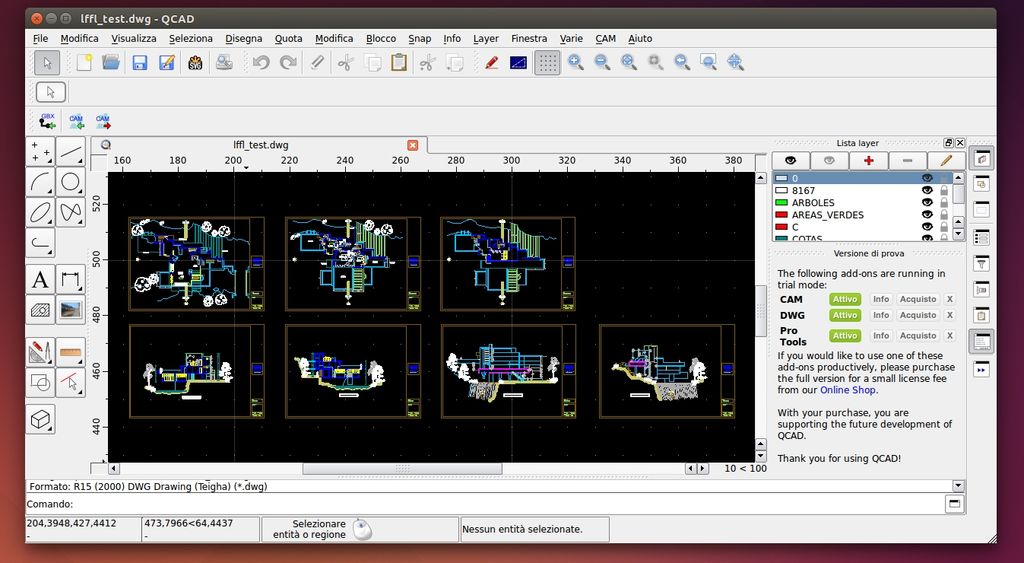


LibreCAD has no defining features compared to QCAD in their current states. These small differences really add up when you spend hours inside a single program. You can switch from light to dark to save your eyes when working at night. QCAD also has a dark theme for their program. I’ve never needed anything other than isometric view, but for more experienced designers, this feature alone could change your perspective on what program to use. Even if you don’t program, this feature lets other developers easily create tools that you can use.Īside from 2D and isometric projection with LibreCAD also supports, QCAD supports planometric, dimetric, cabinet, and cavalier projections. With ECMA scripting, plugins can be written in a high level programming language to automate drawing parts and create new tools. The library browser also lets you set favorites and has text search.Ī fantastic addition to QCAD is ECMA scripting. QCAD comes with a library of over 5,000 parts (screws, nuts, symbols, …) to use in your drawings. Maybe the best part of it is that once the text is placed in the drawing, you can edit it. You can stylize text with their rich text editor to add color, set font weight, add italics, and more.


QCAD text tools has many additional features. Some features are limited to QCAD Professional, those will be left out of the below features to compare QCAD and LibreCAD on a level ground. A full list of QCAD features is available on their website. Outside of the expected tools for 2D CAD programs, almost every additional feature present in QCAD is unique compared to LibreCAD. The feature list is infinitely larger, but you likely already know that both programs have tools for lines, arcs, dimensions, ellipses, snapping, hatching, and modification and movement tools. With version 3, QCAD implemented many improvements to their software that now distinctly distances it from LibreCAD. In 2012, QCAD diverted greatly from their previous version which LibreCAD was based and reworked large portions of their software to bring it up to version 3. At that time, QCAD and LibreCAD were nearly identical since they were copies of each other. The process is common when developers have differencing opinions on where the project is headed or want to implement features that the original project owners don’t want. In the software development community, forking is the process of duplicating a project and having it be developed by a different group of engineers. In 2011 LibreCAD was forked from QCAD version 2. The small differences will either have you praising the software developers or cursing them as you spend your precious time fiddling with the quirks. On the surface QCAD and LibreCAD and every other 2D CAD software is the same, offering the same basic tools, user interface, and supported file formats.


 0 kommentar(er)
0 kommentar(er)
